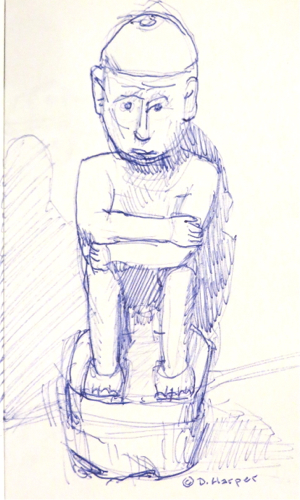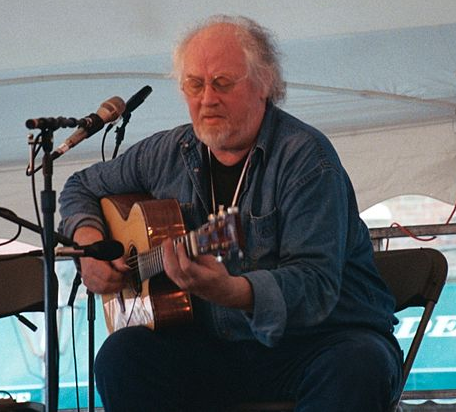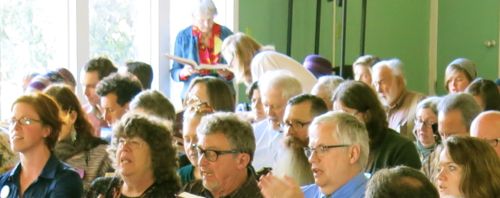When the New York Times Book Review asked which literary figure was overdue for a biography, Ayana Mathis argued for Albert Murray. She was persuasive enough that I decided I had better read some Murray, and that led me to the book he co-wrote with Count Basie, Good Morning, Blues: The Autobiography of Count Basie: a book for which Basie supplied the reminiscences, and Murray wrote the text.
Good Morning, Blues reminds me of Anthony Trollope’s Autobiography: both books are, above all, a record of how one artist worked; Trollope was a writer and Basie was a bandleader, which makes for some significant differences, but both are really books about work. Just as Trollope’s autobiography is filled with details of how he came to write his various books, Basie’s autobiography is filled with details of the various bands and combos he put together. The most interesting part of both books comes early on, when the artist serves his apprenticeship; the least interesting part is the ending, but then, autobiographies can never come to a interesting ending because the ending of a life story that we really want to know about is how the person died.
Because Basie’s book is about his work, he avoids dishing dirt, fanning the flames of feuds, or talking much about his personal life. “I don’t want to get into all that,” Murray frequently has him say, and in fact I can just about hear Count Basie saying exactly those words. Basie passes lightly over his first experience of the South’s Jim Crow laws (though he says from his point of view, there wasn’t much in Jim Crow that he hadn’t already experienced in the North). He spends less than two pages on his wife’s death, and perhaps a paragraph on his daughter’s birth. He spends a couple more pages on his own heart attack, but then his heart attack meant he had to take time off from work.Aside from that, he talks about his work — though as Murray has him say: “But truthfully, playing music has never really been work.” Again, you can just about hear Basie saying exactly those words; Murray gets his voice just right, and makes it feel as though it’s Basie’s words you’re reading, even though you know that this book has been carefully writer by a master of American prose style.
I like his music, but I was never a big fan of Basie’s, and sometimes the book devolves into a jazz fanboy’s dream with a little too much minutiae about who played tenor at one specific recording session, and who “cut out” just before which gig at the Famous Door in New York City, and who filled in for them, and so on. But I tolerated all that, and even read it with interest because obviously Basie himself cared a great deal; as a bandleader, who played with him, who was in the band, which personalities were involved in making music at a certain point of time, is of critical importance.
When I finished reading, I had all sorts of unanswered questions about Basie’s life. What about all those hard feelings that are hinted at, then dismissed with, “I don’t want to get into all that”? What about the hints of tough times in his family life? What about the racial discrimination that — to use his phrase — “sepia performers” had to put up with? In the last few pages of the book, Murray has Basie address this last question:
“If I haven’t spent a lot of time complaining about all of these things, it’s not that I don’t want anybody to get the impression that all of that was not also a part of it. It was. So what? Life is a bitch, and if it’s not one damn thing, it’s going to be something else.”
For Basie, what was most important was his work. That’s what he wanted to tell about. And that’s what Albert Murray perfectly captures, making Basie’s words echo the jazz he played, so even the prose style is just what you’d want to hear from a bandleader who cared most about the work. So rather than bothering with trying to read up on Basie’s life, I went online and listened to a whole bunch of his music, from the 1930s right up to the 1980s. Nothing else I could read was going to be as good as Albert Murray’s book, anyway.

Above: Still from “Jazz Casual” television program, KQED, 1964 — looking over the shoulder of jazz guitar great Freddie Green, towards Basie at the piano. Clicking on the photo takes you to the half hour show on Youtube, which features Basie’s rhythm section in 1964: Basie on piano, Green on guitar, Sonny Payne on drums, and Norman Keenan on bass.





